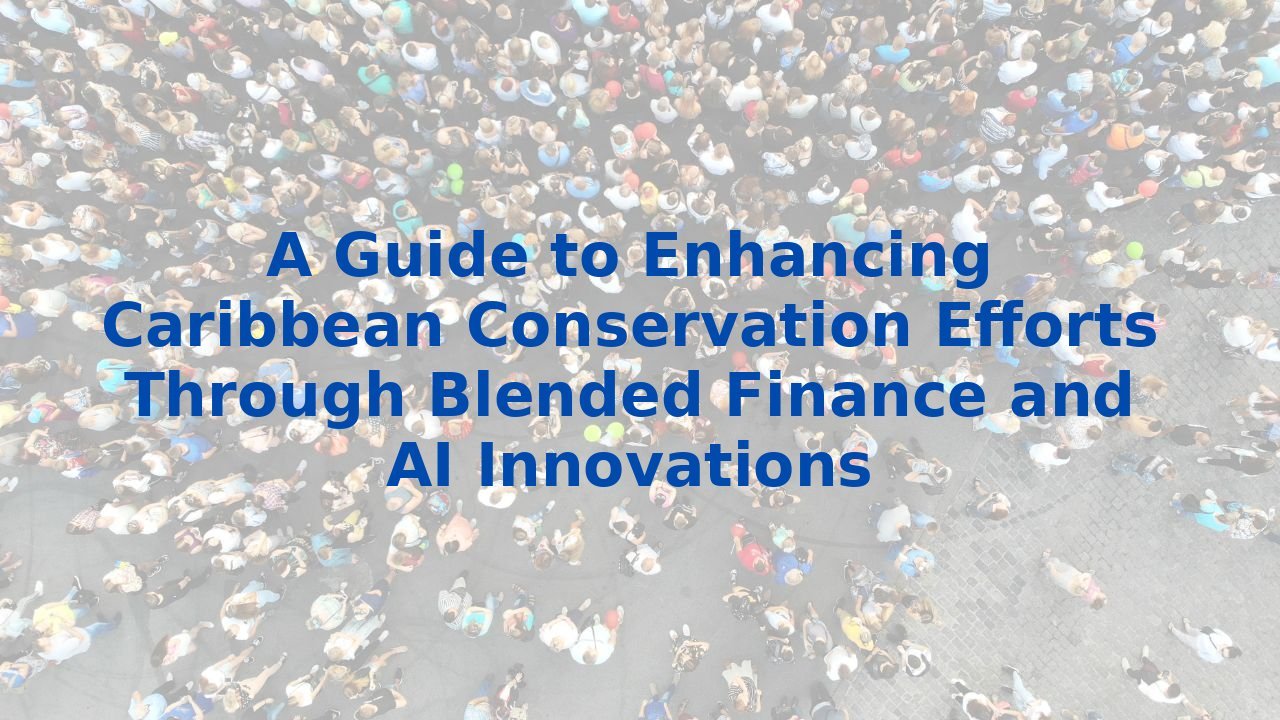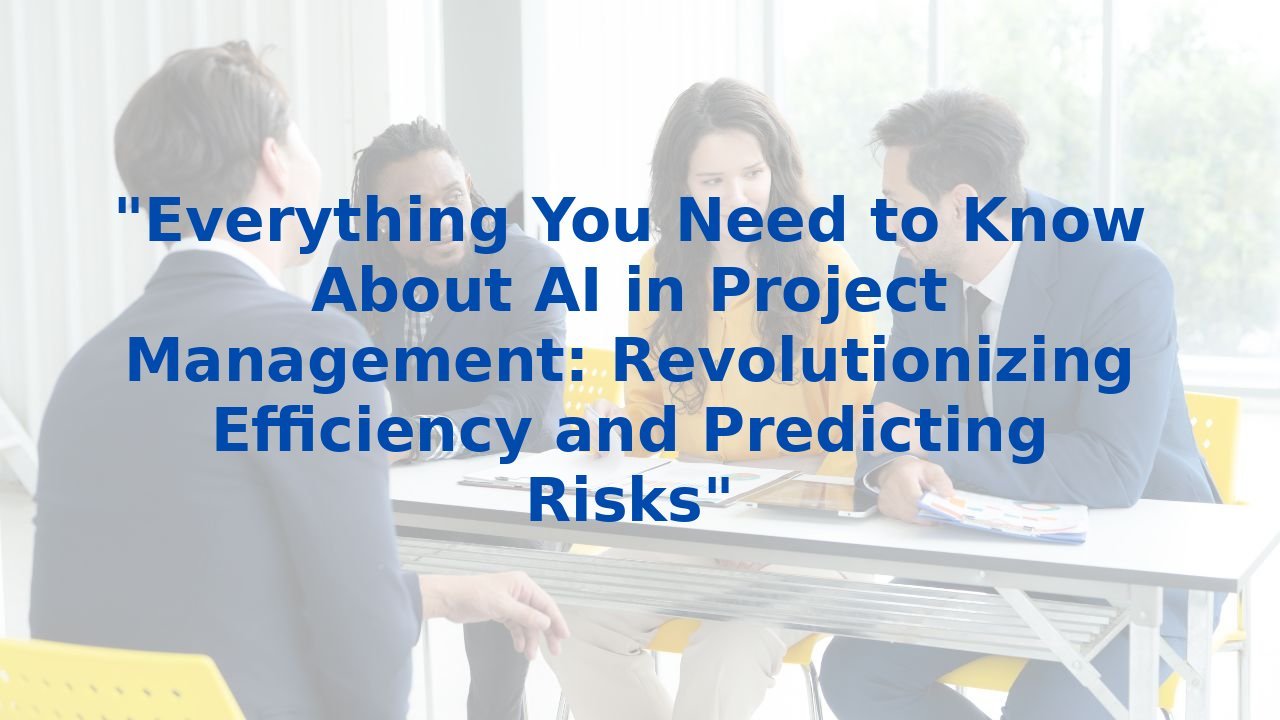A Guide to Enhancing Caribbean Conservation Efforts Through Blended Finance and AI Innovations
A Guide to Enhancing Caribbean Conservation Efforts Through Blended Finance and AI Innovations
Introduction
In the quest for sustainable development, particularly within the Caribbean region, we stand at a pivotal moment. The integration of blended finance—a dynamic fusion of various funding sources—and artificial intelligence presents a unique opportunity. These innovative approaches can dramatically enhance conservation efforts, safeguarding our rich biodiversity and ecosystems. This guide will illuminate the general business processes involved in blended finance and reveal how AI can act as a catalytic force to boost efficiency within organizations.
Understanding Blended Finance
At its core, blended finance is a strategic mechanism designed to mobilize resources for development projects. By combining public and private sector funding, it creates tailored solutions addressing funding gaps, especially in conservation efforts. In the Caribbean context, collaboration between conservation trust funds and financial entities highlights the potential of blended finance to align with Nationally Determined Contributions (NDCs).
General Business Processes in Blended Finance
- Project Identification and Planning: Organizations begin by pinpointing projects that resonate with regional conservation goals. The planning phase ensures feasibility and sustainability—key factors for long-term success.
- Funding Mobilization: The beauty of blended finance lies in its diverse funding sources—from grants to loans—with public sector funding often serving as the seed capital to attract private investments.
- Project Implementation and Monitoring: Following funding acquisition, projects are put into action. Continuous monitoring safeguards against misallocation and ensures alignment with intended outcomes.
- Impact Assessment and Scaling Up: Ultimately, the success of a project is measured by its environmental and communal benefits. Proven strategies are then replicated to enhance wider conservation efforts.
How AI Can Enhance Blended Finance Processes
Imagine enhancing every step of the blended finance process through the capabilities of AI. Here's how AI transforms traditional methods:
- Data Analysis and Reporting: By automating data collection and analysis, AI uncovers trends and insights that human analysts might overlook. This comprehensive understanding drives informed decision-making.
- Risk Assessment and Mitigation: With historical data at its disposal, AI can predict potential project risks. Such foresight allows organizations to take preemptive actions, ensuring projects remain on track.
- Project Monitoring and Evaluation: Real-time monitoring via AI equips stakeholders with immediate insights into project performance. This agility fosters prompt adjustments when necessary.
- Scalability and Replicability: By analysing successful precedents, AI facilitates the replication of effective strategies across various regions, magnifying the overall impact of blended finance initiatives.
Benefits of AI for Improving Efficiency
Embedding AI in organizational frameworks yields a multitude of efficiencies:
- Enhanced Decision-Making: Access to real-time, accurate data supports quicker, better decision-making, allowing organizations to pivot instantly based on emerging circumstances.
- Increased Transparency: AI's ability to generate detailed performance reports enhances transparency, fostering trust among stakeholders from investors to local communities.
- Improved Resource Allocation: Optimal resource allocation becomes a reality with AI, identifying the best channels for investment and dramatically reducing waste.
- Enhanced Collaboration: By providing data-sharing platforms, AI encourages collaboration among stakeholders, a crucial ingredient for successful blended finance approaches.
Benefits of Training Employees for AI
Investing in employee training around AI is not just beneficial; it’s essential:
- Skill Development: Training prepares employees to work effectively with AI tools, unlocking their full potential.
- Adaptability: As technologies evolve, so too must our workforce. Employees skilled in AI are far better positioned to adapt to ongoing advancements.
- Innovation: Well-trained personnel are more likely to devise innovative solutions, driving projects forward with fresh perspectives.
- Employee Engagement: Providing training opportunities enhances employee satisfaction and commitment, critical qualities for project success.
Conclusion
The confluence of blended finance and AI holds transformative potential for conservation efforts in the Caribbean. This dynamic duo not only offers practical solutions to traditional funding challenges but also amplifies project efficiency and impact. As we commit to this dual approach, training our workforce to harness AI’s capabilities becomes an imperative for success. Together, through innovative financing and insightful technology, we can significantly advance conservation initiatives that are critical for our future.



